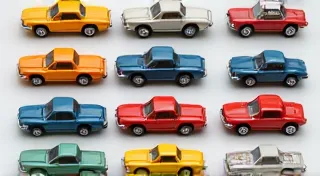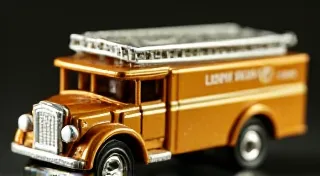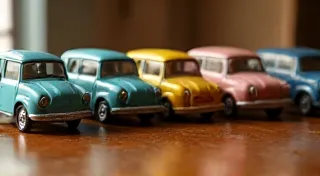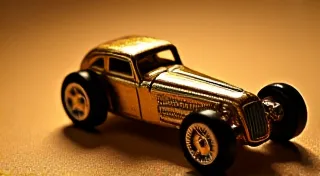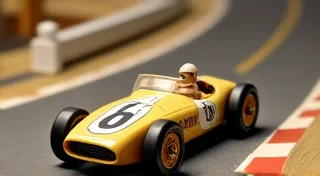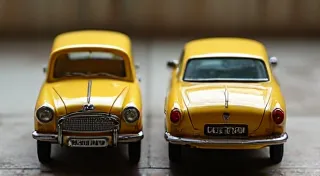How to Grade Your Matchbox Cars: Condition is Key
Welcome to the fascinating world of Matchbox car collecting! While identifying rare models is exciting, understanding how to accurately grade their condition is equally crucial – especially if you’re looking to buy, sell, or simply appreciate your collection. Condition significantly impacts a Matchbox car’s value and desirability. This guide will walk you through the common grading system used by collectors, helping you assess your cars with confidence.
Why Grading Matters
Matchbox cars, especially those from the golden age (roughly 1953-1973), are susceptible to wear and tear. Factors like age, storage, and handling all contribute to a car's condition. A pristine example, lovingly preserved, will command a much higher price than one that’s been played with extensively or poorly stored. A proper grading system provides a standard way to communicate this condition to other collectors.
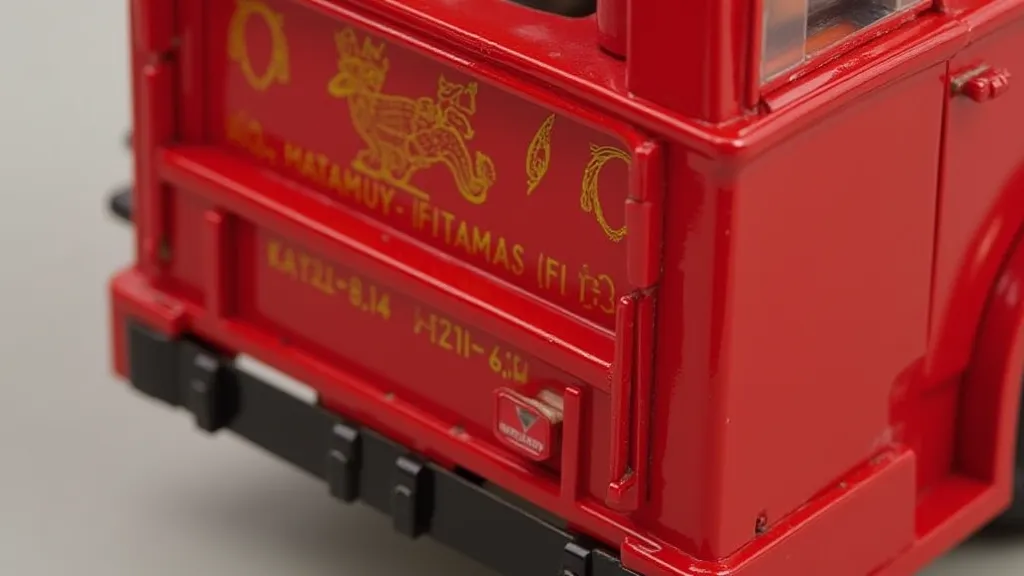
The Grading System: A Breakdown
While different collectors may have slightly varied interpretations, the following grading system is widely accepted. We’re using a numerical system (1-10) with descriptions to clarify. Remember, grading is subjective to some degree, and consensus amongst collectors is often valuable.
1-2: Poor to Very Poor
These cars are heavily damaged. Paint is missing, there's significant corrosion, wheels might be missing or non-functional, and the base is often scratched and worn. They often have broken parts or significant structural damage. These are usually only desirable for parts or for very specialized collections focusing on severely damaged examples.
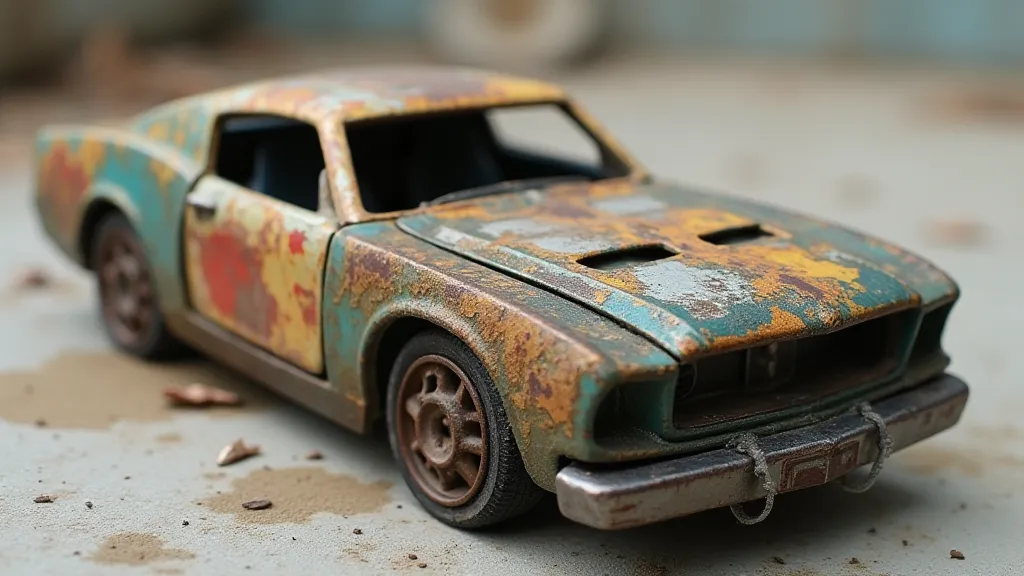
3-4: Fair
Noticeable wear is present. Paint is chipped, there are scratches, and the wheels might be a bit rusty. The base is typically worn, and there may be some minor damage. Playwear is evident.
5-6: Good
Cars in 'Good' condition show signs of use but are generally presentable. Paint is faded or has minor chips, and there are scratches and wear marks. Wheels typically roll freely, but might show rust. The base is usually worn.
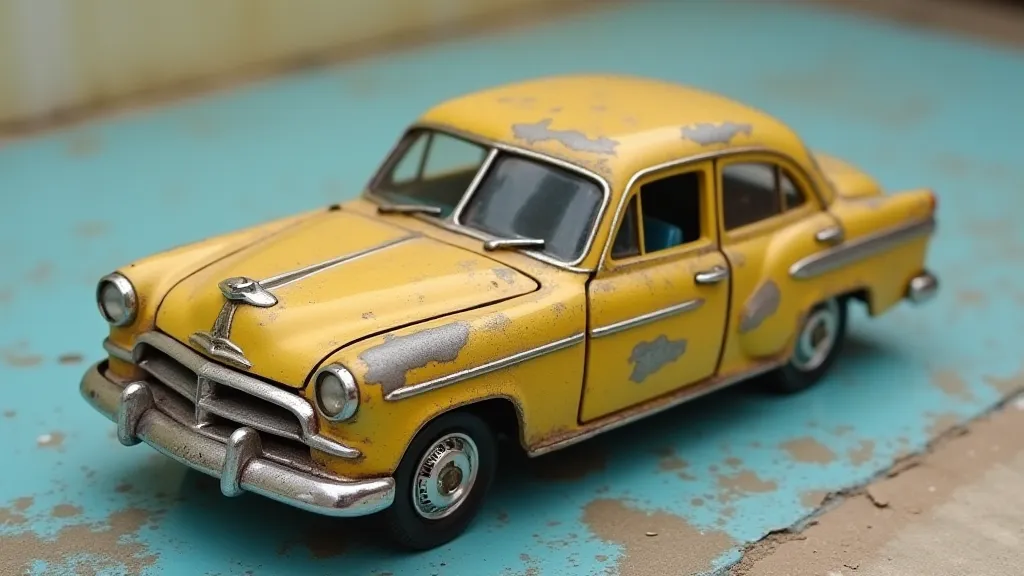
7-8: Very Good
These cars show minor wear, but are mostly free from significant damage. Paint is mostly intact with some light fading or minor chips. Wheels roll freely, and the base shows some wear but is relatively clean. These are desirable examples in collectable condition.
9-10: Excellent to Mint
These are the holy grails of Matchbox collecting! ‘Excellent’ cars have minimal wear, and ‘Mint’ cars appear as if they just came out of the factory. Paint is vibrant, wheels roll perfectly, the base is clean, and there are no noticeable imperfections. These command the highest prices.
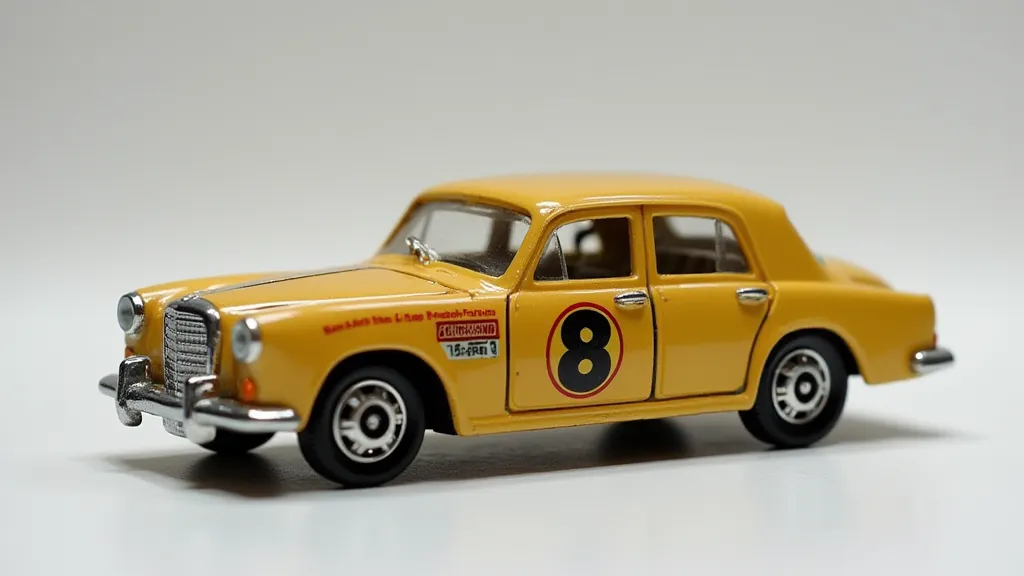
Key Areas to Inspect
- Paint: Look for chips, scratches, fading, and blistering.
- Chrome/Metal Parts: Check for rust, pitting, and tarnish.
- Wheels: Ensure they roll freely and are not cracked or damaged. Check for tire condition.
- Windows: Look for scratches or "clouding."
- Base: Check for scratches, dirt, and printing errors.
- Cardboard backing (if present): Condition of the cardboard affects the collectability.
Subjectivity and Professional Grading
Remember that grading is somewhat subjective. What one collector considers "Very Good," another might rate as "Good." For high-value cars, professional grading services (though not as common for Matchbox cars as for other collectibles) can offer a more objective assessment. Ultimately, a thorough inspection and honest assessment are crucial for both buyers and sellers.
Happy collecting!
